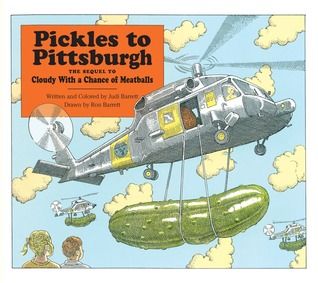How does food get to the grocery store? The term supply chain is used to describe the sequence of processes involved in the production, processing, and distribution of a commodity. The chain begins with the equipment farmers (the producers) need to produce food, such as seeds, fertilizer, and machines. Farmers plant, maintain, and harvest crops or raise animals. The food is cleaned, processed, and packaged before being shipped to grocery stores and into the hands of consumers. Each step in the chain is part of agribusiness, a term used to describe the range of businesses related to producing, processing, and distributing agricultural products.
Transportation is a critical part of the supply chain. Some regions cannot produce certain foods due to population density, seasons, and climate and soil conditions. In the United States, food is shipped an average of 1,500 miles before being sold.2 The five main modes of transporting agricultural products are trucks, trains, airplanes, cargo ships, and barges.
Trucks provide fast delivery and controlled temperatures for perishable food. There are many different types of trucks used to move agricultural products. Tanker trucks carry liquids, including milk, in enclosed cylinders. Milk tankers have special stainless steel bodies which are heavily insulated to keep the milk cold during transportation. Milk tanker drivers are trained milk graders. Tanker drivers evaluate milk for food safety based on temperature, sight, and smell.1 Container trailers move shipping and storage containers. The containers can be transferred onto a cargo ship, barge, or train. A flatbed trailer has a level surface with no sides or top. They are used for quick loading and unloading and for loads of abnormal size.1 Dry vans are non-refrigerated trailers used for carrying shelf-stable foods. Reefers are refrigerated trailers used for carrying perishable items. In reefers, the temperature is carefully monitored while food products are being moved.1 Logging trailers are used to carry logs, and livestock trailers move farm animals. Weigh stations are monitored by highway patrol officers who may check the weight of the truck and driver logbooks which contain driving hours, routes, and load contents.
Refrigerated rail cars, also known as reefers, have been in development since the 1860s and are still used today. Stocked with ice blocks to keep produce chilled, the first reefers relied on icing stations located at regular intervals along the track. Starting in the 1930s, reefers were made using large pieces of plywood (due to the lack of steel during World War II) and cooled by circulating fans. Modern day reefers have a variety of new technological features. GPS, data logging systems, and remote diagnostic testing allow customers and train companies to monitor their cargo with real-time data.1
Airplanes are the fastest of all types of transportation. Air transport is used for high value and perishable products that need to travel long distances. Careful packaging, handling, and refrigeration allows these commodities to be shipped to destinations all over the world.1
Cargo ships include container ships, bulk carriers, and refrigerated reefer ships. Cargo ships can hold as many as 18,000 shipping containers. Ships are used to transport large quantities of items across oceans and seas.
Barges are flat-bottomed vessels that are self-propelled, pushed, or towed. Barges are mostly used to carry freight on smaller in-land waterways. Barge transportation is important to U.S. agriculture because it provides low-cost transportation from major production areas to coastal areas for export to foreign markets.3
GPS, mobile scanners, and smart phones are used to track agricultural products from the producer to the consumer. This real-time data increases delivery efficiencies and food safety.

